At the 2025 Kish International Steel Expo, Mobarakeh Steel Company (MSC), Iran’s largest steel producer, introduced its vision of “transforming from a production giant into a technology driven industrial ecosystem.” MSC’s CEO Saeed Zarandi and Venture Capital Fund President Shahram Abbasi shared the company’s newly reshaped strategy, centered on innovation, sustainability, and global competitiveness.
A New Strategic Roadmap Toward 2035
Zarandi outlined six core strategic pillars that will guide MSC’s transformation by 2035:
Coastal Expansion with High-Value Products: Leveraging maritime logistics, MSC aims to prioritize investments in coastal regions to produce advanced intermediate products, especially cold-rolled and specialty-grade steels.
Green and Smart Steel Production: Artificial intelligence, digitalization, and clean technologies will be integrated across operations to enable environmentally friendly and globally competitive production processes.
Global Expansion and Export Growth: MSC targets $1.2 billion in annual steel exports and has launched its first overseas service center.
Diversification Beyond Steel: 20% of future investments will be directed toward non-steel sectors, particularly energy—including gas fields, wind power, and green hydrogen. A dedicated Energy Holding is planned.
Modernized Governance: Corporate agility will be enhanced through new holding structures specializing in mining, energy, and finance.
Technology Creation: MSC will develop, patent, and export steel production technologies by strengthening domestic engineering capabilities.
Zarandi confirmed that strategic projects exceeding €6.8 billion are underway, including a second hot rolling mill, a PLTCM cold rolling facility, alloy steel plate production, a 914 MW combined cycle power plant, and a 600 MW solar energy facility. The company has nearly eliminated its dependence on the Zayandeh Rud River, achieving water self-sufficiency. Thanks to strategic energy investments, MSC anticipates no electricity shortages in 2026.
Innovation Ecosystem and Venture Capital
Shahram Abbasi emphasized MSC’s transformative role in Iran’s innovation infrastructure. Under its “open innovation” strategy, MSC has adopted a “dual-capability organization” model—one arm focused on operational excellence, the other investing in disruptive technologies through an independent Venture Capital Fund.
Licensed by the Iran Innovation and Prosperity Fund, the VC fund has mapped over 1,000 knowledge-intensive firms within MSC’s value chain and invested in around 40 startups. The company’s academic collaborations are also noteworthy:
Strategic partnerships with 21 universities
Involvement of 1,800 master’s and PhD students in sectoral research
Cooperation with 7 science and technology parks
Support for dozens of AI and deep-tech startups in collaboration with the Iran National Elites Foundation
These efforts earned MSC the “National Technology and Innovation Management Award” and recognition by the Iran Venture Capital Association as the country’s top corporate VC fund.
A Vision Beyond Steel
The unified vision presented by Zarandi and Abbasi positions MSC not just as a traditional producer, but as an integrated platform for advanced manufacturing, domestic technology development, and ecosystem growth. Zarandi summarized the company’s ambition:
“Our goal is to rank among the world’s top 20 steel producers—not just by volume, but by added value and technological leadership.”
MSC’s transformation model is seen as a scalable and visionary blueprint for Iran’s broader industrial evolution.


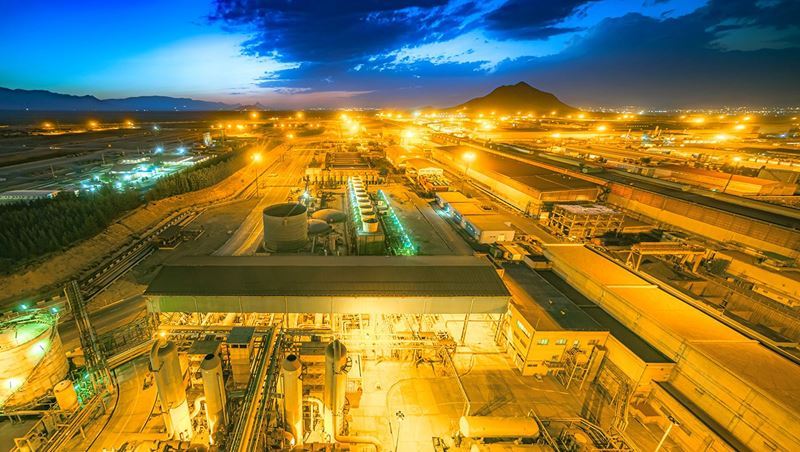
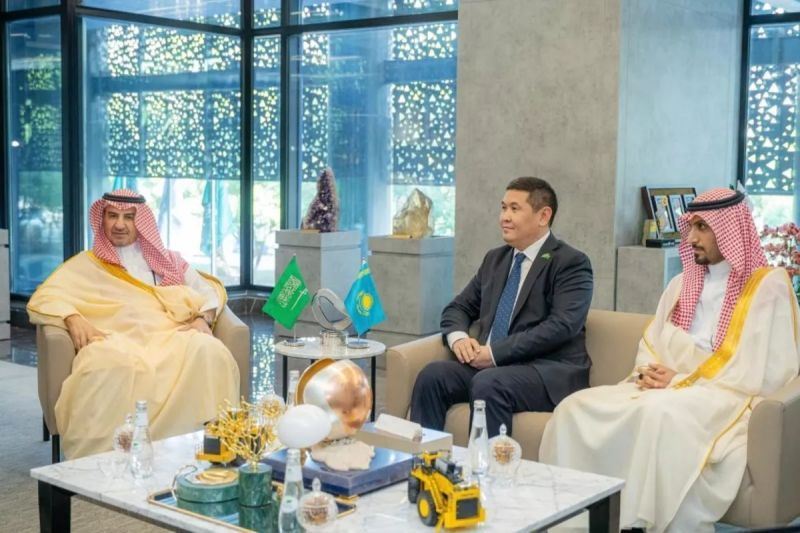
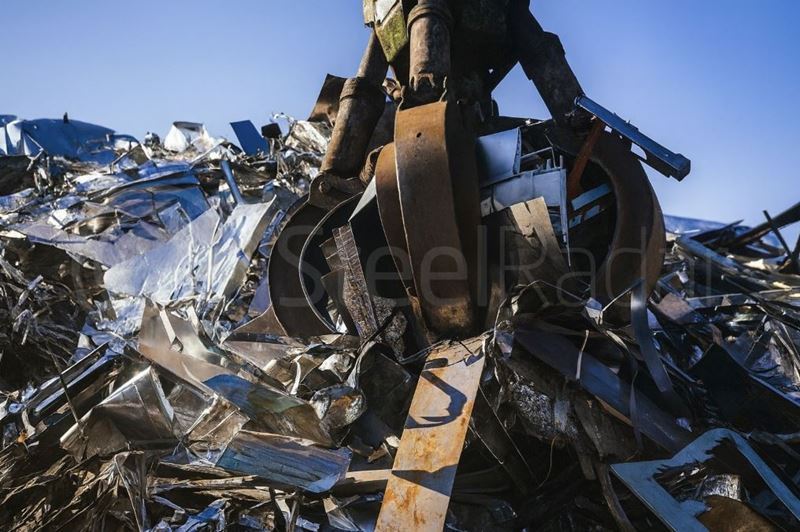
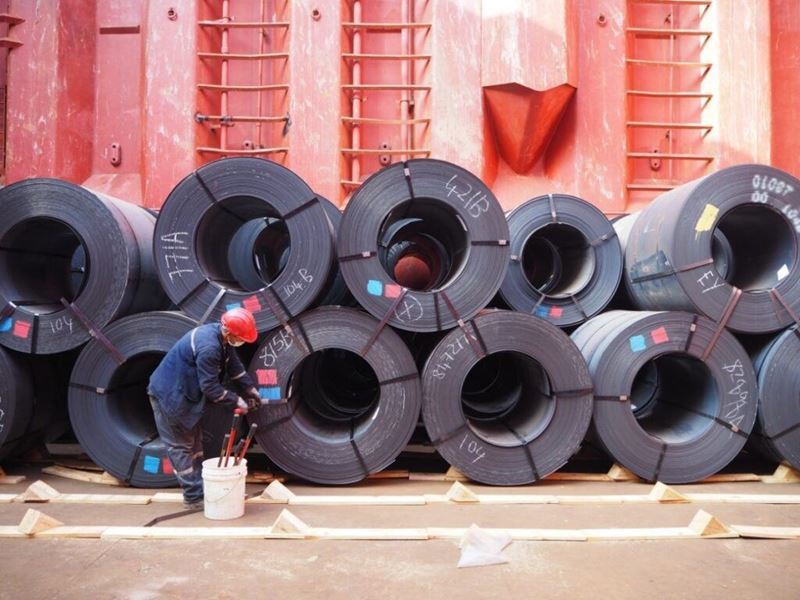
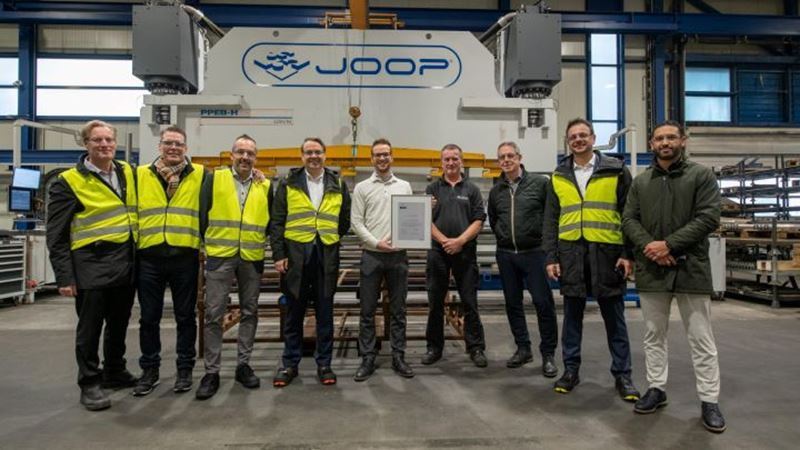
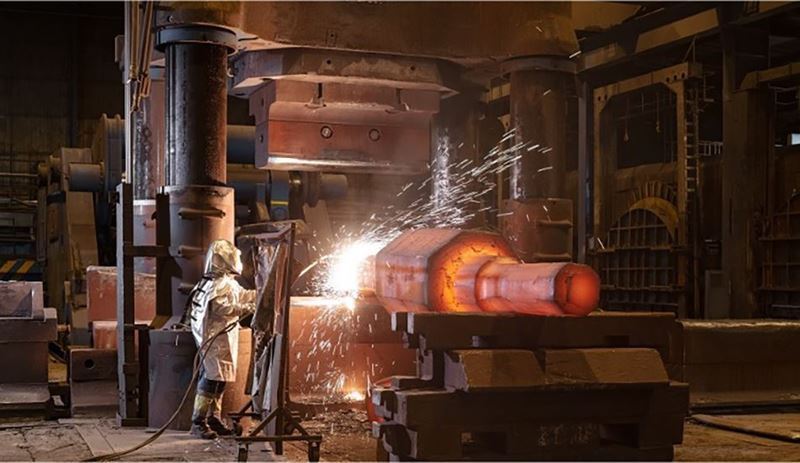

Comments
No comment yet.